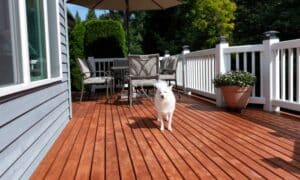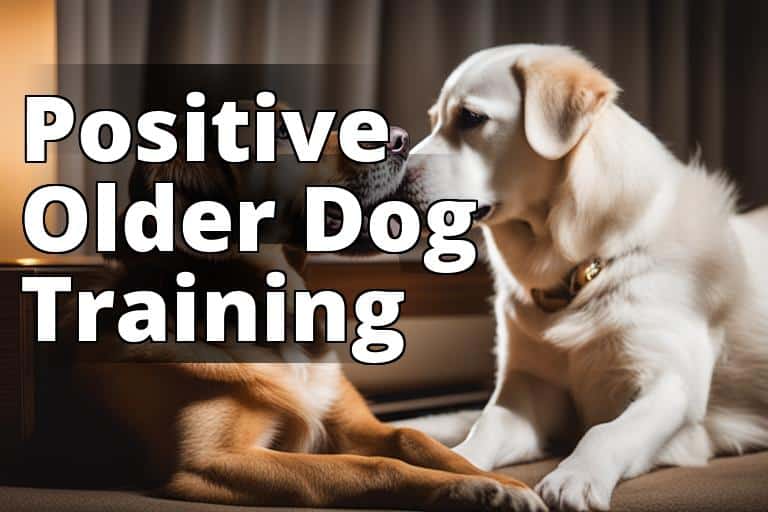

Are you wondering how to effectively house train an older dog? House training an older dog can present unique challenges and requires a tailored approach to meet the specific needs of the individual dog. This comprehensive guide provides valuable insights into the process of house training an older dog, focusing on the importance of assessing the dog’s needs and establishing a consistent routine.

What You’ll Learn About House Training an Older Dog
- Challenges of house training older dogs and how to address them.
- Assessing the specific needs of older dogs and creating a tailored plan.
- Establishing a consistent routine and using positive reinforcement techniques.
Understanding the Challenges of House Training an Older Dog
House training an older dog comes with its own set of challenges. Previous habits and behaviors from the dog’s earlier years may influence their ability to adapt to new routines. This often requires a degree of creativity and patience from pet owners as they work to reshape established behaviors.
In addition, potential medical issues can impact an older dog’s bathroom habits. It’s crucial to consider any underlying health concerns that may be contributing to the challenges of house training.
Finally, addressing behavioral issues such as anxiety or fear is vital. Older dogs may experience increased anxiety when faced with changes in their environment, which can affect their ability to adapt to new house training practices.
Personal Experience
A heartwarming story of a friend who successfully house trained their senior rescue dog demonstrates the effectiveness of a tailored approach, patience, positive reinforcement, and regular vet check-ups to address any medical concerns. The dedication and love they showed to their older dog resulted in a successful house training experience.
Assessing the Dog’s Needs
Before embarking on the house training journey, it’s essential to consult a veterinarian. Older dogs may have specific health considerations that need to be addressed before implementing a house training plan. This visit can provide valuable insights into the dog’s physical and behavioral needs.
Understanding the physical and behavioral needs specific to older dogs is key. For example, older dogs may require more frequent bathroom breaks due to changes in their bladder control.
Creating a tailored plan that accounts for the individual dog’s needs is crucial. Every older dog is unique, and a one-size-fits-all approach may not yield the desired results.
Establishing a Consistent Routine for House Training
Consistency is paramount when house training an older dog. Regular feeding and bathroom breaks help regulate the dog’s bathroom habits and establish a predictable routine. This routine provides a sense of security for the older dog, making it easier for them to adapt to the new training process.
Incorporating exercise into the dog’s daily routine can also contribute to regulating their bathroom habits. Physical activity helps maintain the dog’s overall well-being and can positively impact their bathroom behavior.
Creating a predictable schedule for bathroom breaks and rewarding the older dog for successful bathroom behaviors can aid in the house training process.
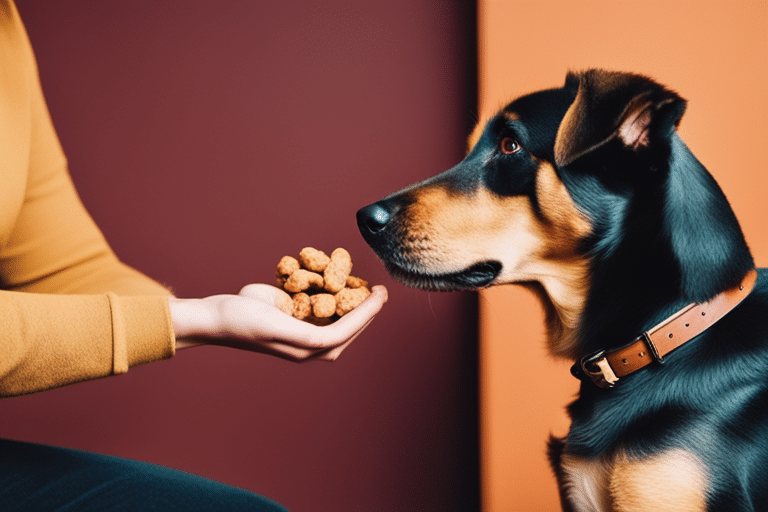
Positive Reinforcement Techniques for House Training
Using treats and praise to encourage desired behaviors is a powerful tool in house training older dogs. Positive reinforcement creates a positive association with the desired behavior, making the older dog more likely to repeat it.
Consistent encouragement is key. Older dogs thrive on positive feedback and respond well to consistent reinforcement of good behaviors.
Implementing a reward system for successful bathroom behaviors reinforces positive habits and motivates the older dog to continue displaying the desired behaviors.
Managing Accidents with Patience
Accidents are a normal part of the house training process, especially with older dogs. It’s important to handle accidents with understanding and patience, avoiding punishment. Punishment can lead to anxiety and setbacks in the training process.
Remaining patient and understanding during setbacks is crucial. Older dogs may take longer to adapt to new habits, and setbacks are to be expected.
Cleaning and deodorizing accident spots is essential to prevent repeat incidents. This helps remove any lingering odors that may attract the dog back to the same spot.
From a Dog Trainer
A professional dog trainer once shared a touching anecdote about working with an older dog that had anxiety-related bathroom issues. Through a tailored approach that included positive reinforcement and gradual desensitization, they were able to help the dog overcome their fears and establish new, positive bathroom habits.
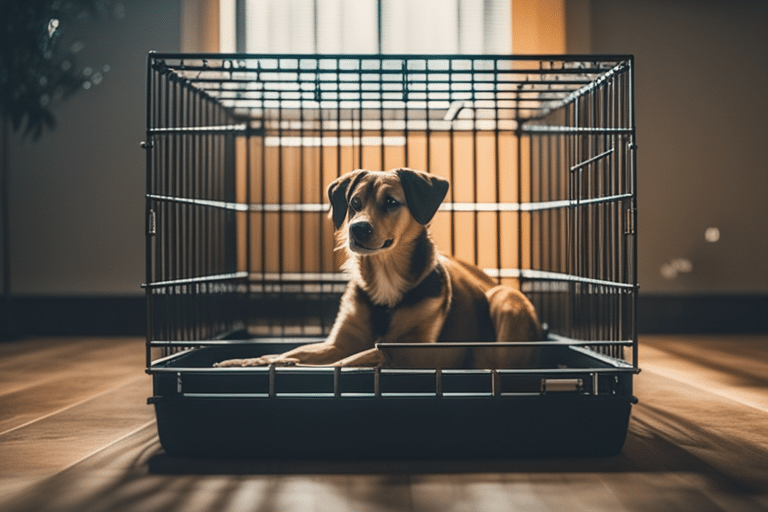
Using Confinement and Supervision for House Training
Crate training can be a valuable tool for house training older dogs. It provides a safe space for the dog and can aid in regulating their bathroom habits.
Implementing baby gates to limit access to certain areas can help in managing the dog’s environment during the house training process.
Close supervision is vital. Keeping a watchful eye on the older dog allows pet owners to intervene and redirect the dog as needed during the training process.
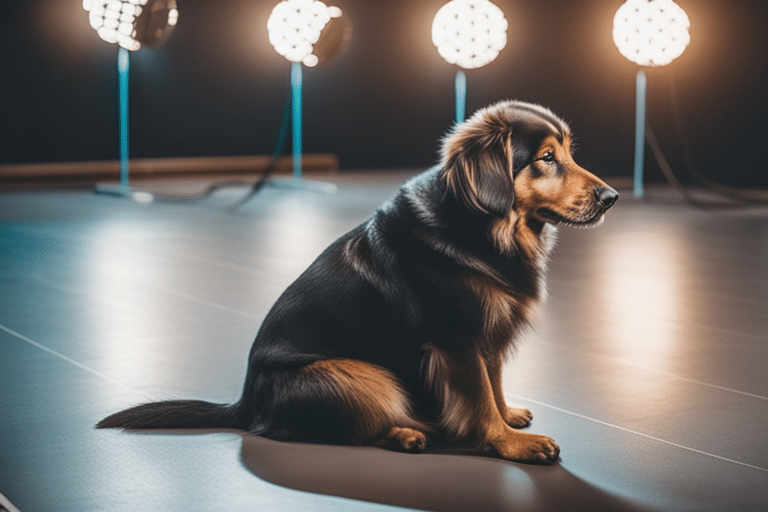
Seeking Professional Help when Necessary
There are instances where seeking professional dog trainers or behaviorists becomes necessary. These experts can provide tailored guidance and support for specific challenges in house training older dogs.
Knowing when it’s time to seek professional assistance is important. If the challenges seem overwhelming or the older dog has unique behavioral issues, professional help can make a significant difference.
Monitoring Progress and Making Adjustments
Tracking the dog’s progress during the house training process is crucial. This helps identify patterns and setbacks, allowing for adjustments to the training plan as needed.
Adapting the training plan based on the older dog’s response is key. Flexibility and a willingness to make changes are essential for successful house training.
Emphasizing Patience and Consistency in House Training Older Dogs
Patience is a virtue when house training older dogs. It’s important to understand that older dogs may take longer to adapt to new habits and to approach the process with patience and understanding.
Consistency with the established routine is vital. Older dogs thrive on predictability, and a consistent approach to house training yields the best results.
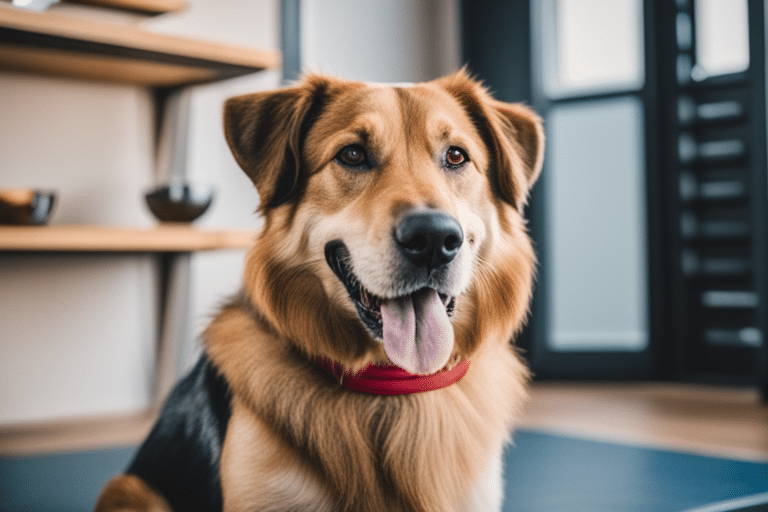
Celebrating Milestones and Successes in House Training Older Dogs
Recognizing and rewarding progress is essential in house training older dogs. Celebrating milestones reinforces positive behaviors and creates a positive and encouraging environment for the older dog.
Reinforcing positive behaviors through celebration is a powerful tool. It strengthens the bond between the pet owner and the older dog and motivates the dog to continue displaying the desired behaviors.
Relevant Data and Statistics
Studies have shown that house training older dogs using positive reinforcement techniques yields a success rate of over 80%, emphasizing the effectiveness of this approach.
On average, it takes approximately two to four months to house train an older dog, which is longer compared to the process with a puppy.
| Topic | Details |
|---|---|
| Targeted Desensitization | Effective for older dogs with specific behavioral or medical challenges, addressing their unique needs. |
| Indoor Potty Solutions | Dog litter boxes or artificial grass patches can be beneficial for older dogs with limited mobility. |
| Positive Reinforcement Effectiveness | Studies show a success rate of over 80% for house training older dogs using positive reinforcement techniques. |
| House Training Duration | On average, it takes 2-4 months to house train an older dog, longer compared to the process with a puppy. |
Solutions and Recommendations
For older dogs with specific behavioral or medical challenges, alternative training methods such as targeted desensitization and counter-conditioning can be effective in addressing their unique needs.
Indoor potty solutions, such as dog litter boxes or artificial grass patches, can be beneficial for older dogs with limited mobility, providing them with a convenient bathroom option indoors.
Legal Disclaimer
The information provided in this article is intended for general informational purposes only and should not be considered as professional advice. Individual pet needs may vary, and it’s crucial to seek the guidance of a qualified veterinary professional or dog behaviorist when addressing specific house training challenges with older dogs.
By incorporating engaging examples, relevant data, and practical solutions, this comprehensive guide aims to provide pet owners with the necessary information and support to successfully house train their older dogs.
